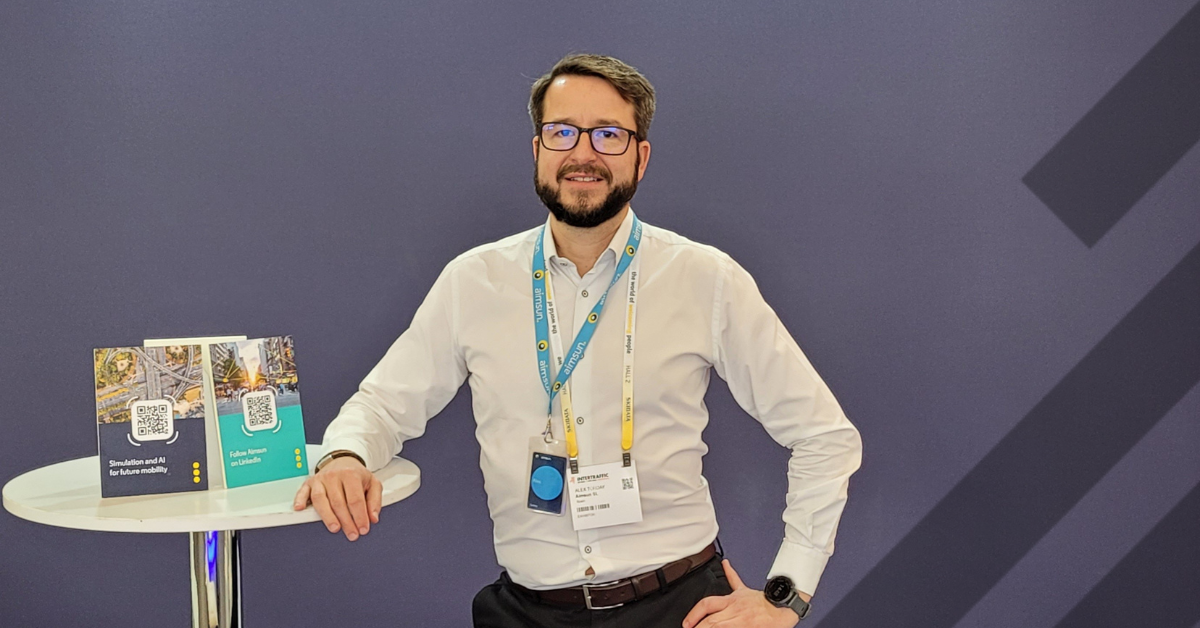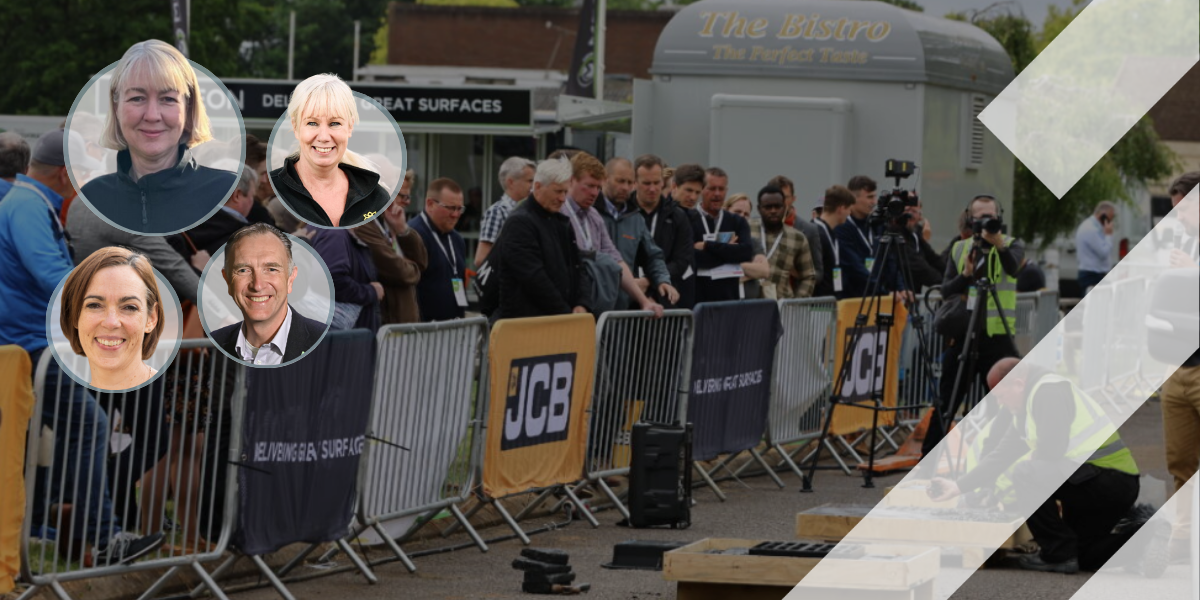Stimulation & modelling | Intertraffic Amsterdam 2022
Aimsun’s recently appointed CEO Dr Alexandre Torday talks to Intertraffic about how, in the field of transport simulation and modelling, changing customer demands have to be addressed with changing solutions.
Aimsun is an established international leader in mobility planning and transportation management technology and is part of Yunex Traffic Group, formerly the ITS division of Siemens Mobility.
The Aimsun team supports consultancies, transportation agencies, and research institutions seeking to optimize smart, sustainable mobility, setting up cloud-based regional planning frameworks, helping cities deploy real-time traffic management, or simulating the impact of driverless cars.
Torday, a Swiss national who has recently relocated back to Barcelona after a decade in Sydney, has been a regular visitor to Intertraffic since 2000, so how was he finding the experience of a packed exhibition hall after a two-year gap?
“The only thing I can compare it to is it feels like when you are a child and you go back to school after the summer holidays. You aren’t really sure what to do or where anything is but unlike those days it’s good to be back. We’re re-learning how to do trade shows but it’s exciting to finally meet people in the flesh that I’ve only had Zoom and Teams relationships with since the start of 2020,” he enthuses. “Face to face you can build a relationship in five minutes – on Zoom it can take you weeks!”
As for what would represent a good week for Aimsun, Torday is very clear. “Simply it’s reconnecting with our clients and colleagues and to check that where we feel the industry is going is right. The last two years have, I think, accelerated some expectations in the market – it’s not possible to gauge that accurately in a remote setting. We want to make sure that what we are offering is actually people want.”
Changing the landscape
In traffic technology terms the phrase “changing the landscape” has typically been brought out of the cupboard in response to a specific huge advance in the tech, and this is rarely more true than in the simulation and modelling sector. So, Intertraffic asked Torday, what has changed the landscape in the last couple of years? The technology itself? The mindset of the clients? Or a subtle blend of the two?
“I don’t think that what customers want from us has changed all that much, to be honest,” he says with typical openness. “What has changed is how they want to receive it. The conversation has changed from ‘what type of simulation do you do? What type of modelling do you do? What level of complexity do you offer?’. It used to be like an Olympics of product features. Product A can do this but not that – product B can do that but not this. It was about what does the software offer in terms of features, algorithms, does it cover pedestrians, bicycles, can you do microscopic, mesocopic… it was a competition to see who wins the gold medal in simulation and modelling.”
Now, says Torday, clients are far less interested in the how and why and are far more focused on the what.
“What they want is an easy-to-access platform that enables them to forecast how their transport network will work in the future. And the future can be anything from half an hour to 20 years. The parameters can be anything from what happens if I increase the toll rate, or if I have a network of autonomous vehicles or I want to dispense with public transport altogether and operate a fleet of privately operated on-demand shuttles. The customer trusts us to offer them a solution – they are generally not all that obsessed with the details. They don’t want software or a list of features or a licence… they want an answer in the form of a turnkey solution that does the job.”
No contest
Another development that Torday is positive about is the move away from the thinking that there was ever a competition between the data-driven artificial intelligence approach to traffic modelling versus the simulation approach.
“It’s not one or the other – it’s one AND the other,” he stresses. “AI and simulation both bring pieces to the solution, it’s not a case of one being better or more appropriate than the other. Five years ago Aimsun didn’t have any data scientists – now we have six or seven of them for whom it’s a full-time job. Being able to analyse, understand and learn from the data in an efficient way is key to the simulation but the simulation is key to enriching the size of the sample for the data-driven solution to learn from.”

Share your story
Do you have an innovation, research results or an other interesting topic you would like to share with the professionals in the infrastructure, traffic management, safety, smart mobility and parking industry? The Intertraffic website and social media channels are a great platform to showcase your stories!
Please contact our Sr Brand Marketing Manager Carola Jansen-Young.
Are you an Intertraffic exhibitor?
Make sure you add your latest press releases to your Company Profile in the Exhibitor Portal for free exposure.
Get up to speed on the mobility industry - our newsletter straight to your inbox!








